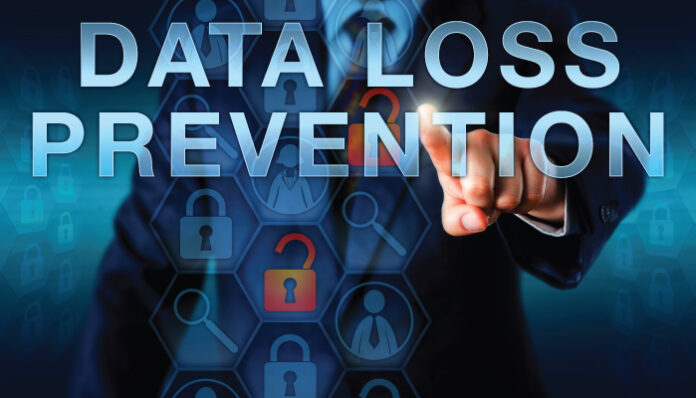Enterprise data breaches last year were at an all-time high, and attacks are predicted to only rise in the future. Adopting strong Data Loss Prevention (DLP) strategies through internal resources and vendor solutions is now more critical than ever in light of these changes.
Data transfers to unauthorized parties, whether due to employee negligence or cyber-attacks, can seriously impact enterprises of all sizes. However, it is now possible to prevent such threats from occurring without needing months to implement or teams to manage, thanks to behavior-based Data Loss Prevention (DLP) software.
Automation can lead to more attacks. It also means more effective, simpler prevention strategies. Here are a few indicators that businesses should implement their own Data Loss Prevention Strategy:
Sensitive Data is Accessible to End Users
Verizon’s “2022 Data Breach Investigations Report,” says that over 80% of data breaches are carried out for financial gain. Intellectual Property, trade secrets, and any other highly regulated data that can be used for profit are among the high-value data that cybercriminals target.
Sensitive data is susceptible to leaking through peripheral devices and network channels, whether it is kept in the cloud or on local workstations and is accessible on the endpoints of end users. Data Loss Prevention solutions significantly lower the possibility of this occurring on purpose or by mistake.
When high-value data is available on corporate endpoints, companies that don’t take proactive steps to prevent data leaks could quickly suffer significant financial and reputational damage.
Also Read: Identity is the Brand-New Perimeter in a Hybrid Work Paradigm
Operating in Industries with Strict Regulation
Organizations that handle Patient Health Information (PHI), Personally Identifiable Information (PII), cardholder information, or any other type of particularly sensitive and regulated data have a crucial need for higher levels of data protection than what a simple backup can offer.
Most of these regulations impose harsh penalties for compromises that result in sensitive data leaks. They also demand that such incidents be reported promptly. Data Loss Prevention solutions help on two fronts: by preventing leaks from happening in the first place, they also make it possible to see how data flows throughout an organization holistically and support forensic investigations in the event of an incident.
Vulnerable to Data Leak Risks
Historically, industries that store valuable data and those known to depend on vulnerable tool sets are attractive targets for focused cyber-attacks, especially industries that must make parts of their data sets partially or fully accessible to the public. In the past year, cyber-attacks against all of them have attracted a lot of attention, highlighting the risks that these enterprises face.
Businesses can secure sensitive data using behavior-based Data Loss Prevention solutions, ensuring that it is kept secure and that any attempts to share it with unauthorized parties are thwarted. Businesses should ensure that they use sophisticated technologies to combat the ever-evolving strategies of cybercriminals.
Supporting BYOD or Remote Work Policies
A decentralized approach to the office, whether hybrid or entirely remote, has become standard. Although working remotely may make employees happier, there are security threats associated with this approach.
Man-in-the-Middle (MitM) attacks are more likely when working outside of a traditional office setting. Keeping track of data flows in a distributed setting is particularly challenging without the right technologies in place.
The threat posed by phishing efforts has also increased as a result of remote work. Attackers continue to prey on unsuspecting employees by using malware and password-stealing websites, taking advantage of unsecured devices and the toolkits that end users must use to conduct business from remote settings.
Human error is unavoidable, and while it is still necessary to teach the workforce to spot suspicious communications, DLP solutions can significantly reduce the impact of such instances.
Also Read: Ways to Minimize the Financial Impact of Cyber-Attacks
Achieving Effective Data Protection with Data Loss Prevention
Data exfiltration, whether unintentionally lost or as a result of criminal activity, can result in the loss of trade secrets, hefty regulatory fines, and a general dip in customer confidence, all of which can cause irreversible financial harm.
Adopting on-premises enterprise Data Loss Prevention software will have significant advantages for larger companies with an existing security team, particularly one with relevant experience in this area. Working with an MSP can be more affordable for businesses that don’t have this expertise yet because starting their own DLP program from scratch, including configuration and training, can be difficult and expensive.
For more such updates follow us on Google News ITsecuritywire News. Please subscribe to our Newsletter for more updates.









